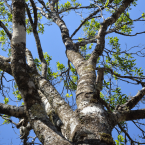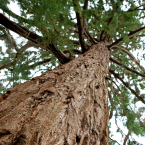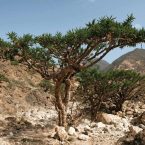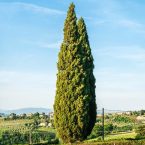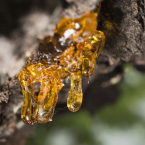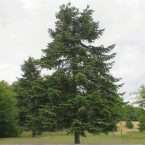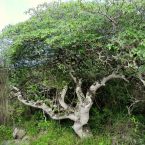Did you know that today has been designated the International Day of Forests by the United Nations?
Every year, on the 21st of March, the world comes together to celebrate the important role that forests play in sustaining life on our planet Earth. This day serves as a reminder of these majestic guardians of nature, which provide us with clean air, shelter, food and many valuable resources essential for the survival and wellbeing of many species, including humans.
As we celebrate the importance of trees and reflect on the biodiversity of our precious forests, what better way to honour the majesty of trees than by exploring the world of wood essential oils? Derived from different types of trees around the world, these forest scented essential oils not only captivate our senses with their deep and gentle aromas that bring to mind the imagery of forests, but also offer a wonderful range of therapeutic benefits.
Read on to learn about popular tree and wood essential oils, how to harness their therapeutic properties for holistic healing, and how to use forest-inspired aromatherapy to enhance your wellbeing and create a tranquil atmosphere in your life.


